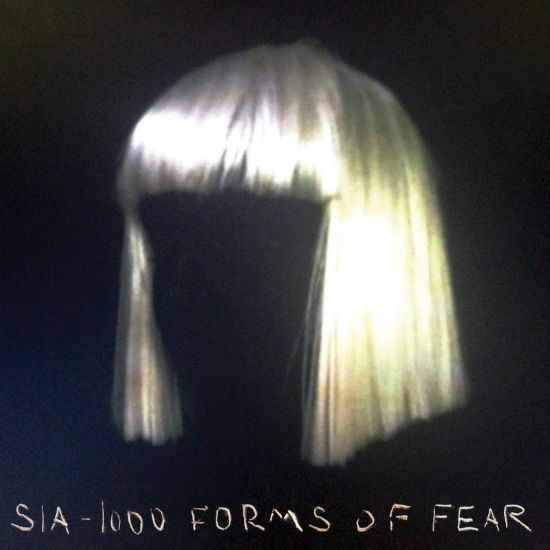
In a world of out there, hard-to-miss pop divas, all of then clamouring for attention via outlandish costumes (Lady Gaga, Nicki Minaj), faux or actual controversial content in their songs or videos (Katy Perry, Miley Cyrus) or glass-shattering vocals (Mariah Carey, Xtina, Florence and the Machine), Australian Sia Furler manages to stand out by doing none of the above.
Preferring to let her songs speak for themselves, whether she is performing them, or they’re being sung of the army of hit-making artists she writes for like Rihanna, Katy Perry, Beyoncé or Kylie Minogue, is reluctant to be interviewed too often, refuses to face the audience when she’s singing or choosing to use an avatar to sing in her place, and prefers not to be photographed directly (leading to the current crop of publicity shots in which she is pictured with a paper bag over her head).
You could perhaps call her the anti-pop artist, a woman who in the words of her manager David Russell, who was quoted in this piece in the Sydney Morning Herald, can do away with many of the trappings of pop celebrity simply because of her success:
“That’s not the point of what she does, the fame and the press, in fact it’s the antithesis of it. She’s in a unique position where she doesn’t have to do that part of the job.”
It’s an unusual strategy in this celebrity-obsessed age where every move an artist makes is tracked and dissected, and where artists are usually in relatively close contact with their fans via social media sites like Facebook and Twitter, and if you’re going to pursue it, you need to make sure you have amazing songs to back you up.
Naturally Sia, who has struggled with alcohol and drug addiction, as well as having been diagnosed with bipolar disorder, not only has the songs, she is able to invest them with the sort of emotional power that lesser talents must envy in their off-social media moments.
Sun is up, I’m a mess
Gotta get out now, gotta run from this
Here comes the shame, here comes the shame
It is quite simply one of the most passionate songs by anyone ever about the ensnaring and pitiless hold of addiction, a song that creeps into the chorus with an almost despairing “1, 2, 3, 1, 2, 3, drink” before exploding into a chorus so intensely emotional that very few people could adequately keep pace with it.
Sia handles it effortlessly, her voice soaring effortlessly into the stratosphere, the pain of personal experience writ large on every note, every last swelling string.
It’s no surprise that her voice is capable of such emotionally-relateable vocal gymnastics, you only have to listen to the way she transforms the song she wrote for David Guetta, “Titanium”, into a passionate anthem for those who face adversity and continue on regardless.
What sets Sia apart from her contemporaries, beside her refreshingly unorthodox promotional style, is that she invests every last word with a thousand lifetimes of pain and suffering and every other dark emotion in between.
You can hear it in songs like “Eye of the Needle” and “Big Girls Don’t Cry” which don’t try to simulate pain, like many other pop stars do, but wear it openly, hearts firmly on sleeves, their confessional lyrics married with impressively chart-friendly ballads that don’t sink under the weight of their introspection but ride on an authenticity of emotion that no publicity machine in the world can manufacture.
Granted the songs don’t leave you knowing much more about Sia than you knew when you went in, with the singer content to leave things just ambiguous enough that you can’t pin any particular issue onto her but that doesn’t detract from their realness and fits with Sia’s intent in releasing the music to the world.
In an interview with Elle, she expressed the sense that once the album is released, it’s no longer hers but the fans and they can interpret it as they will:
“I believe that once I put music out, it’s owned by the listener. That’s what I like about music, when it gives me feelings. I want them to project whatever they want onto it and make it their own so that it marks a time in their life. “
She has been criticised, in conjunction with long time collaborator Greg Kurstin (P!NK, Lily Allen) of simply churning out the songs – TIME‘s reasonably favourable review says “there’s something mechanically efficient about their output” – but there’s something inherently raw about all the songs that suggests, however manufactured or not they may be on the surface, that there is an emotional truth behind them.
Sia is one of those rare artists who can pour her soul into her songs and still make them eminently listenable, and if for no other reason, that makes 1000 Forms of Fear one of the authentic, real albums you will listen to this year, if ever.